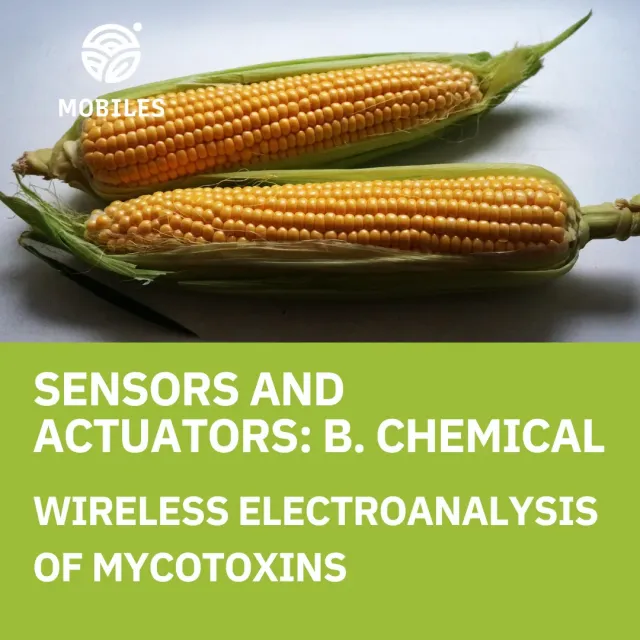
Biomedical and environmental monitoring require specific and tailored methods for detecting pesticides, metal ions, organic pollutants, or toxins. Molecular Imprinting Technology (MIT) is a novel technique that enables the design of artificial receptors with predetermined selectivity and specificity for a given analyte. This method creates molecular structures complementary to the template molecules in terms of shape, size, and functional groups. Essentially, MIT can be described as a process of making a molecular lock that matches a molecular key.
Molecularly Imprinted Polymers (MIPs) are the polymeric matrices obtained through this imprinting technology. MIPs serve as molecular recognition elements, mimicking natural recognition entities such as antibodies and biological receptors. They are useful for separating and analysing complex samples, such as biological fluids and environmental samples. Additionally, MIPs are cost-effective, versatile, stable, and reusable. These characteristics make them ideal for detecting food contaminants, such as mycotoxins—harmful secondary metabolites produced by fungi on cereals, fruits, and vegetables.
For the use of MIPs as sensors, a transducer is required. The transducer turns the molecular interaction into a signal that can be measured, such as through changes in light. Within the MOBILES project, a hybrid light-emitting device has been developed for the wireless electroanalysis of zearalenone (ZON), a mycotoxin that contaminate a wide range of agricultural products such as cereals, fruits, and vegetables. ZON binds estrogen receptors, potentially causing infertility, abortion, and other reproductive problems.
For the first time a light-emitting device based on a hybrid MIP-Au material has been successfully fabricated for the wireless electrochemical analysis of ZON. This novel system leverages the molecular recognition ability of MIPs and their electrochemical transduction. The optosensing device is compact, fast, and versatile. Further work is in progress to use the novel Au/LED/Au@MIP device to perform the wireless electroanalysis of other mycotoxins in real-world food samples, thus addressing a significant global health concern.
Read more in the article published in: Sensors and Actuators: B. Chemical: „ Wireless electroanalysis of mycotoxins with hybrid light-emitting devices based on molecularly imprinted polymers “.
Authors: Tamara Moya-Cavas, Leslie R. Arias-Aranda, Elena Benito-Pena, Laurent Bouffier, Neso Sojic, Gerardo Salinas, Guillermo Orellana
Sensors and Actuators: B. Chemica